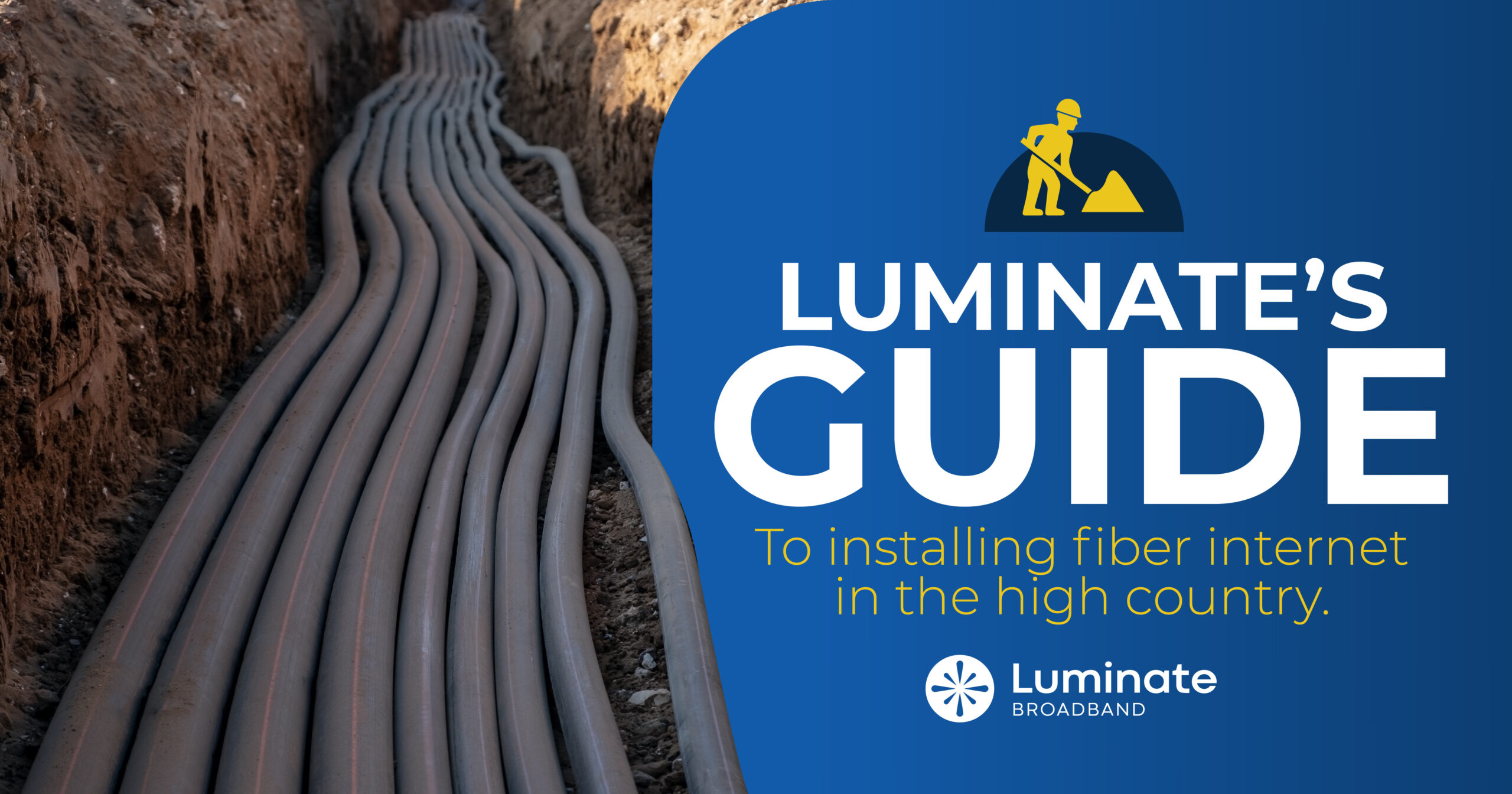
What’s the difference?
With more and more connected devices and constant online activity in our homes, we all want to get the fastest, most reliable Wi-Fi possible. Unfortunately, in some homes, especially larger ones or those that use certain building materials, some spots can be hard to reach. When you try to connect your laptop or other devices when you’re in one of these “dead zones”, the Wi-Fi connection is either too slow or you can’t get a Wi-Fi signal at all.
There are a few possible reasons for this. For example, the materials used in the construction of your walls—such as metal and concrete—can weaken your signal or even block it completely. Another reason may be the location of the router itself. Where you place your router in your home can have a big impact on the strength of your Wi-Fi signal. The first thing to try when you’re having connectivity problems is moving your router to one or more different locations in your home to see where you get the strongest signal.
If moving your router doesn’t solve the problem, it may be time to consider one of the different technology solutions designed specifically to boost your Wi-Fi signal and improve your overall Wi-Fi performance.
What are the options for boosting your Wi-Fi signal?
To help users deal with these common challenges, Wi-Fi equipment manufacturers have developed a variety of different solutions intended to strengthen your Wi-Fi signal in those hard-to-reach locations. Collectively known as Wi-Fi boosters, there are three main types of devices: Wi-Fi repeaters, Wi-Fi extenders, and Mesh Wi-Fi solutions. Let’s look at how each of these can improve your Wi-Fi signal.
What is a Wi-Fi repeater?
One option for boosting your Wi-Fi signal is to install a Wi-Fi repeater. A repeater is a small wireless device that you position between your router and the area that’s not getting a strong signal. Once installed, the repeater detects the Wi-Fi signal coming from your router and rebroadcasts it.
While it does extend the Wi-Fi signal, the repeater has some drawbacks. For example, some of these devices only operate on one Wi-Fi band. Because they communicate with your router and your device on this single band, the bandwidth available for your devices is reduced. This is because the repeater itself uses some of the bandwidth to communicate with the router. This won’t be a problem for browsing websites or receiving your email, but you may have difficulty with more bandwidth-intensive activities like HD video streaming, especially when multiple people in your household are doing it at the same time. Because they are wireless, repeaters can also be affected by interference from other wireless devices in your home, reducing your Wi-Fi speed and performance.
What is a Wi-Fi range extender?
A Wi-Fi extender, or range extender as it’s sometimes called, is similar to a Wi-Fi repeater. Like a repeater, it rebroadcasts the existing Wi-Fi signal from your router to the area where you’re not getting a signal. However, it’s different from a repeater in two key ways. First, the range extender is a dual-band device, which means it supports both the 2.4 GHz and the 5 GHz bands. As a result, it can communicate with your device using one band and your router using the other, so that there is little to no impact on your bandwidth. As well, unlike the repeater, the range extender typically requires that you assign it a separate network name (the SSID). This means that when you’re close to the Wi-Fi range extender you will need to connect to a different Wi-Fi network, which can be inconvenient.
What is Mesh Wi-Fi?
Mesh Wi-Fi is the third option you have to boost the Wi-Fi signal and performance in your home. Mesh Wi-Fi combines a router with a series of small wireless devices—called satellites—which you place in different rooms in your home. These satellites communicate with the router and provide you with a strong Wi-Fi signal everywhere in your home.
With Mesh Wi-Fi you don’t have to sign in to a separate network just to use it, because your Wi-Fi password is applied automatically when you are within range of the Wi-Fi satellite. Once you’re connected to your Mesh Wi-Fi network, there’s nothing else you need to do. You can roam freely and securely in your home with any of your devices and not have to worry about losing your connection or dealing with poor performance.
Ask us about Mesh Wi-Fi
If you’re having challenges with dead zones and poor connectivity in some areas of your house, Mesh Wi-Fi may be the best answer. Contact us to learn more at the contact us page or calling 970-870-4320.


